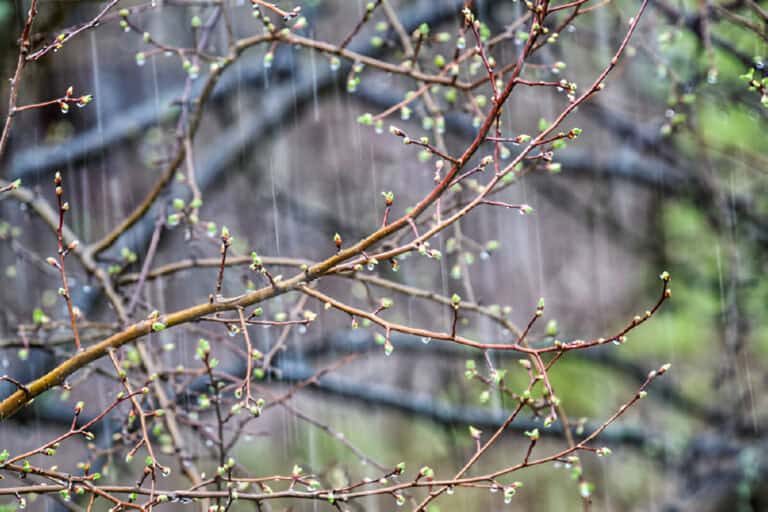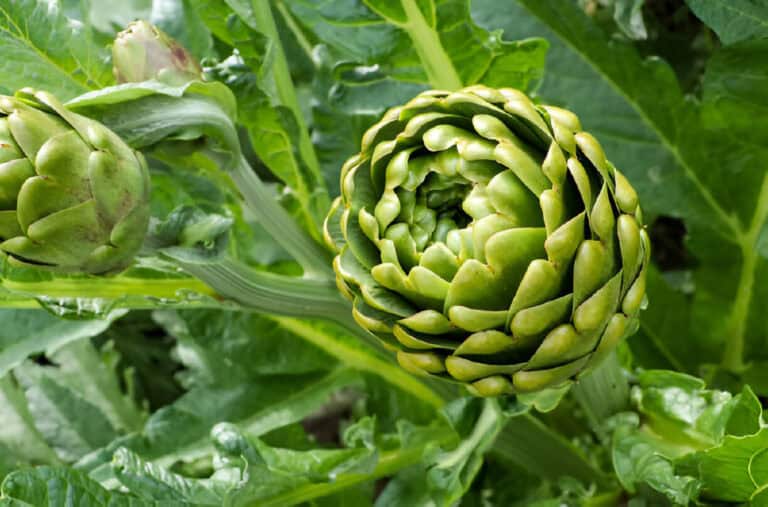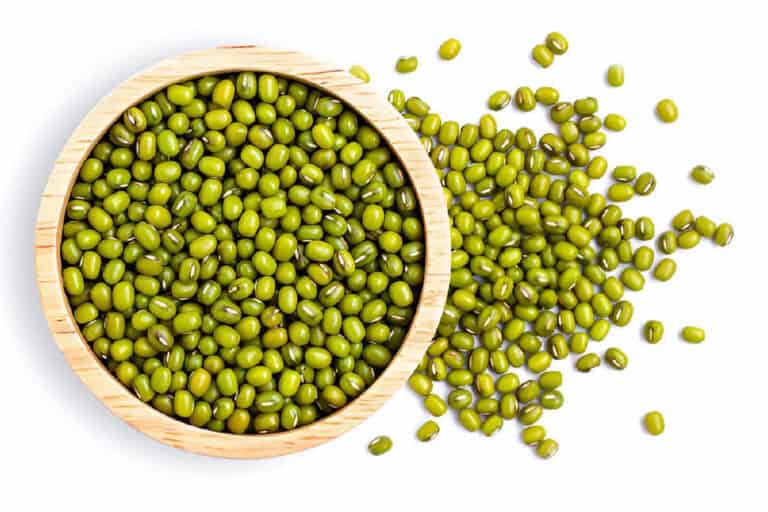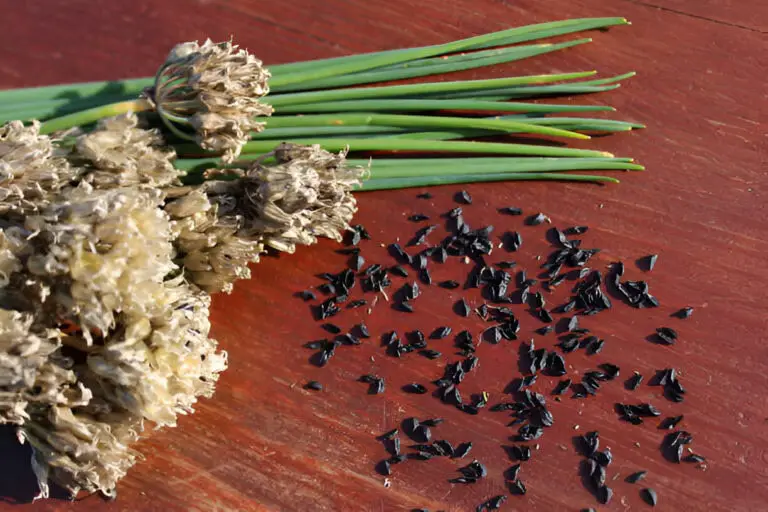Can Violas Brave the Winter Chill? Find Out How to Protect Them!

As the first chill of winter rolls in, many gardeners begin to worry about their delicate blooms. Violas, with their dainty petals and vibrant colors, are one such plant that captures attention in both the warmth of spring and the crispness of fall. But the million-dollar question is: can these beauties really brave the winter frost, or will they wilt under the cold?
Let me tell you, I’ve been down this road before, and I’ve learned a few tricks on how to keep these little gems safe from the winter’s icy grip. So grab your gardening gloves, and let’s dive in!
Understanding Violas: A Winter Fighter or a Delicate Bloom?
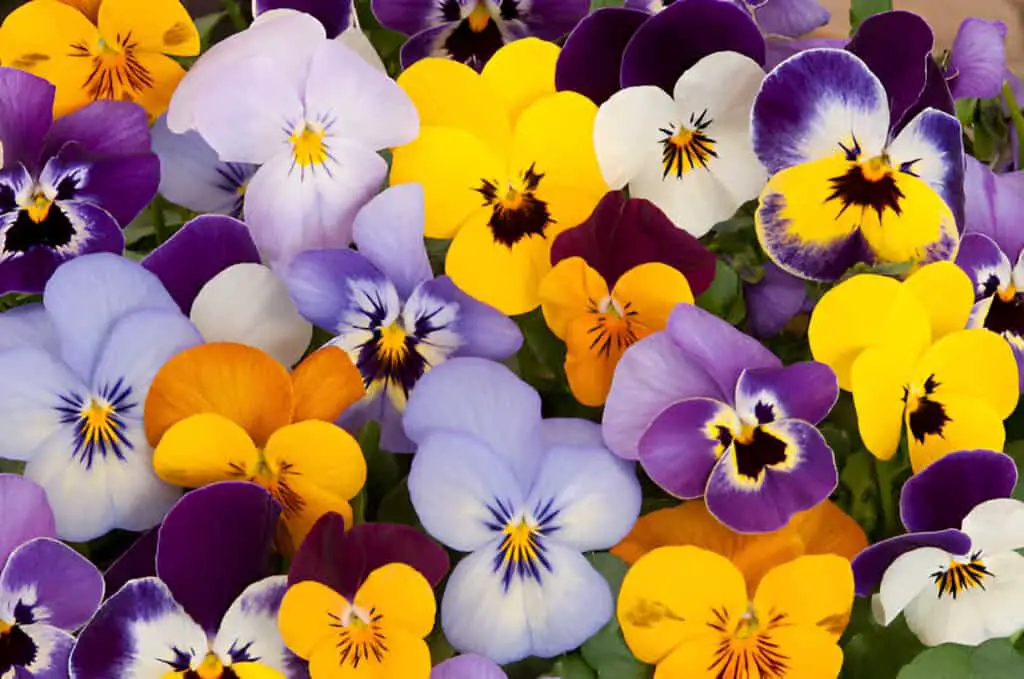
At first glance, violas might look like fragile, soft blooms, but don’t be fooled—these hardy little flowers can put up a good fight. Violas belong to the same family as pansies, and they have a secret weapon: cold tolerance.
Most varieties of violas can survive light frosts, and some can even tolerate snow! That being said, how they handle winter depends on where you live and how well you prepare them.
- Cold Tolerance: Violas are surprisingly resilient and can survive in temperatures as low as 20°F. In milder climates, they may even bloom all winter long!
- Winter Dormancy: In colder regions, violas may not flower as much during the winter months but will go dormant, saving their energy for a strong spring comeback.
- Variety Matters: Some varieties, like Viola cornuta (also known as horned violas), are better equipped for cold conditions than others.
Here’s a quick table of common viola varieties and their cold tolerance:
| Viola Variety | Cold Tolerance Level | Best Grown In |
| Viola cornuta | Very hardy, down to 15°F | Zones 4-8 |
| Viola tricolor | Moderate, down to 25°F | Zones 5-9 |
| Viola odorata | Less hardy, down to 30°F | Zones 6-9 |
Winter Preparation: Giving Your Violas a Fighting Chance

If you want your violas to tough it out through the colder months, preparation is key. Winter weather can be unpredictable, but if you set the stage just right, violas can not only survive but thrive!
- Choose the Right Spot: Location is everything! Violas love the sun, and in winter, they’ll need every ray they can get. Make sure to plant them in a spot that gets plenty of winter sunshine. Morning sun can be particularly beneficial to melt any frost they might encounter overnight.
- Mulch, Mulch, Mulch: One of the easiest ways to protect violas is by laying down a good layer of mulch. A 2-3 inch blanket of straw, pine needles, or shredded leaves can insulate the soil and keep the roots warmer. Mulch is like wrapping your violas in a cozy scarf!
- Water Wisely: You might be tempted to ease off watering as the temperatures drop, but violas still need moisture to stay strong. Make sure the soil is slightly moist going into winter, but avoid overwatering, as soggy roots can lead to rot. It’s a balancing act, like knowing when to put on an extra layer but not wanting to overheat.
- Cover During Frosts: When temperatures dip below freezing, especially for an extended period, it’s time to take extra precautions. Using frost cloth or even an old bedsheet can provide a layer of protection from hard freezes. Just drape it over the plants before the frost hits and remove it during the day when the sun comes out. It’s like tucking your violas in at night!
- Trim and Tidy: Before winter truly sets in, give your violas a light trim. Removing spent flowers and any damaged leaves will reduce stress on the plant, allowing it to conserve energy for survival. Think of it as giving your garden a little haircut to keep it looking sharp through the cold months.
How to Bring Violas Indoors
If you live in an area where temperatures drop well below freezing or if you’re just a little nervous about leaving your violas to brave the elements, bringing them indoors might be a good option. It’s easier than you think and can save you from heartache if a surprise deep freeze strikes.
Step-by-Step Guide to Overwintering Violas Indoors:
- Pot Them Up: If your violas are planted directly in the ground, carefully dig them up and transplant them into pots. Make sure the pot has good drainage because, as mentioned earlier, soggy roots are a no-go.
- Choose a Bright Spot: Indoors, violas still need plenty of light. A sunny windowsill or a spot under grow lights will do the trick. They may not flower as much, but keeping them alive is the name of the game!
- Maintain the Temperature: Violas prefer cooler temperatures, even indoors. Aim for a spot where temperatures hover between 50-60°F to mimic their natural environment.
- Watering Routine: Water your indoor violas sparingly but don’t let them dry out completely. The soil should feel slightly moist to the touch. Remember, violas don’t want to be drowning in water, but they definitely don’t want to go thirsty either.
Pros and Cons of Wintering Violas Indoors
| Pros | Cons |
| Protection from extreme cold | Limited space for growth |
| No need to worry about frost | May not bloom indoors |
| Can enjoy greenery all winter | Requires space with good light |
Spring Comeback: Prepping Your Violas for the Warmer Months
As winter gives way to spring, your violas will be eager to stretch their legs and get back to blooming in full force. After surviving the winter (whether outdoors or indoors), you’ll want to give them a little extra care to help them rebound quickly.
- Feed Them: After a long winter, violas will appreciate a boost of nutrients. A balanced, slow-release fertilizer will work wonders for encouraging new growth.
- Prune Dead Growth: Trim away any winter-damaged leaves or stems to encourage fresh, healthy growth. They’ll bounce back much faster with a clean slate.
- Replant Outdoors: If you brought your violas inside, gradually reintroduce them to the outdoors by hardening them off—this means taking them outside for a few hours each day over a week to let them acclimate.
Final Thoughts: Do Violas Really Survive Winter?
In short, violas can definitely survive the winter, but they’ll need your help to do it. With a bit of preparation, some mulching magic, and maybe a frost cloth or two, you’ll keep those cheerful blooms coming back year after year.
Whether you let them brave the elements or give them a cozy indoor spot, violas will reward your efforts with their resilient beauty. So, when winter rolls in, don’t give up on your violas—they just might surprise you!



